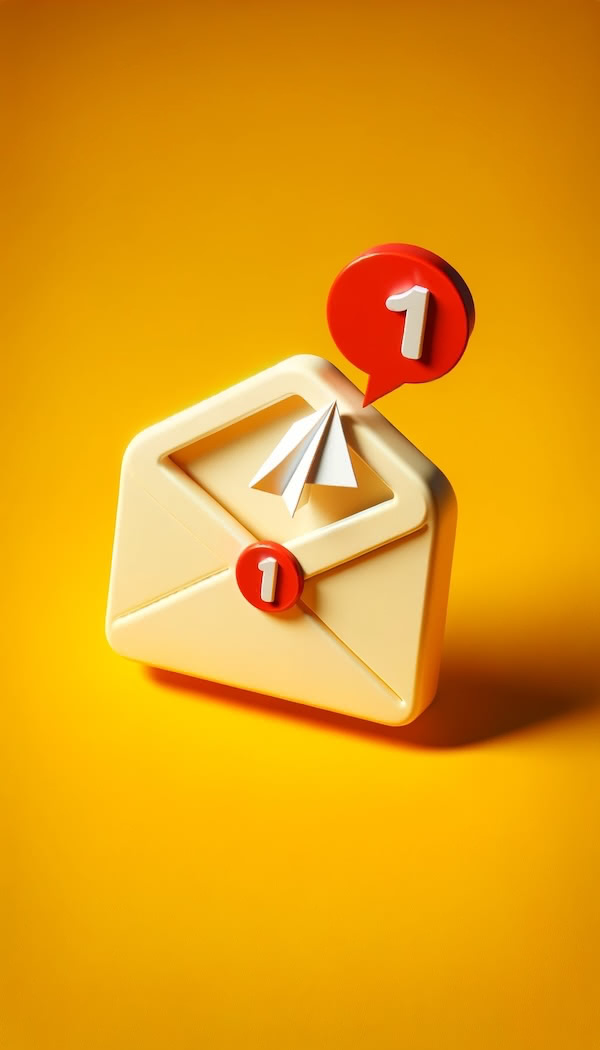At first I was just posting photos on Instagram and Twitter using the hashtag #coffeeclock. That was enough fun for me in the time being.
“Maybe later I’ll post them all on the blog”
This became a recurrent topic of conversation and what drove me more was loving the reaction people had when I told this story, when I showed them some of the best photos.
“Why not build this on a site showing the time?”
Friends started to join the fun!
sǝnƃᴉɹpoɹ ounɹq
Bruno Barão (11:37)

Building a site or a physical object to show the time using the photos became the goal.
I fiddled with Node.js for the single reason I wanted to learn something new, and the Coffee O’ Clock was born. (Node.js is a platform to develop web and mobile applications.)
The site is missing a feature to let others upload their own photo or build their own gallery. I stopped developing it because the learning curve was steep and I wanted to focus on getting a real life clock frame to show the photos.
The code to run the webpage showing the photos is available on github as Coffee O’ Clock. Feel free to use it for any non commercial use and to suggest changes.
After this was done, it was time to give it shape.

